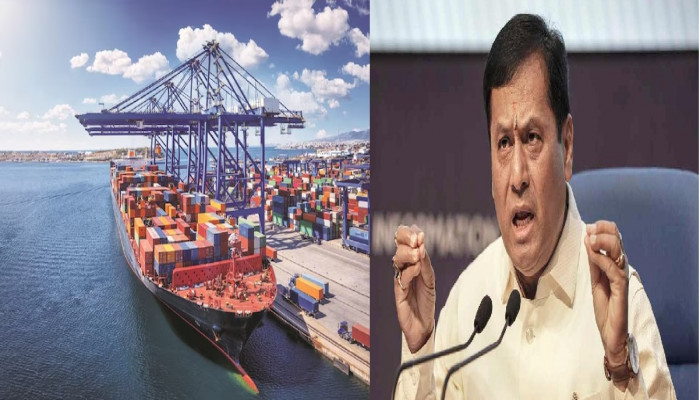Chennai-Vladivostok maritime corridor operationalized, set to reshape global trade
- In Reports
- 12:54 PM, Nov 21, 2024
- Myind Staff
India has launched the Vladivostok-Chennai Maritime Corridor (VCMC), a strategic shipping route connecting Chennai with Vladivostok, Russia, marking a transformative step in global trade dynamics. This landmark initiative is expected to bolster regional connectivity and redefine trade between South Asia and the Russian Far East.
Union Minister of Ports, Shipping, and Waterways Sarbananda Sonowal, speaking at the Sagarmanthan conference, announced plans to extend the corridor to include Paradip and Visakhapatnam, two additional ports along India’s east coast. Highlighting the move’s significance, Sonowal remarked, “This maritime corridor has immense potential to redefine trade relations between India and Russia while simultaneously reducing dependency on traditional supply chains dominated by Western powers.”
Spanning 5,600 nautical miles, the VCMC connects South Asia to the Russian Far East, positioning Vladivostok as a crucial trading hub. Located just 50 kilometres from the Russia-China border, Vladivostok is Russia's largest Pacific port, offering direct access to Northeast Asia.
The route strategically traverses critical maritime regions, including the Sea of Japan, the South China Sea, the Strait of Malacca, the Bay of Bengal, and the Andaman and Nicobar archipelago. This unique positioning enhances trade flows and strengthens India’s geopolitical influence in the Indo-Pacific, a region central to global trade and politics.
The corridor already facilitates a two-way exchange of goods, with India importing petroleum and liquefied natural gas (LNG) from Russia while exporting textiles, engineering goods, and machine parts. The planned inclusion of Paradip and Visakhapatnam ports will broaden the range of commodities traded, increasing the economic viability of the corridor and fostering deeper regional integration.
The VCMC underscores the growing strategic partnership between India and Russia. Amid shifting geopolitical dynamics, the corridor offers an alternative trade route bypassing Western-dominated Sea lanes. Beyond bilateral trade, the route reinforces India’s presence in the Indo-Pacific and aligns with its Act East Policy, fostering stronger ties with Southeast Asian nations. Serving as a counterweight to supply chains reliant on China and Western nations, the corridor offers a resilient alternative in the wake of geopolitical disruptions and pandemics.
The VCMC provides a faster and more strategic alternative to existing maritime routes. By reducing transit time and shipping costs, the corridor ensures reliable supply chains during periods of global uncertainty. “The success of this route lies in its ability to provide a seamless connection to global markets,” noted an official from the Ministry of Ports. “It is particularly appealing to exporters as it reduces logistical challenges and delivery times.”
To maximise its potential, the corridor relies on robust port infrastructure and connectivity improvements. The integration of Paradip and Visakhapatnam is expected to attract more industries and exporters, expanding the corridor’s operational scope. Investments in modern shipping facilities, port infrastructure, and digital cargo tracking systems will further enhance efficiency.
The Chennai-Vladivostok Maritime Corridor represents a bold step in India’s ambitions to strengthen its role in global trade. As Sonowal highlighted during the conference, the initiative reflects India’s efforts to diversify energy imports and reduce reliance on volatile Middle Eastern markets.
With its strategic and economic potential, the VCMC is poised to become a cornerstone of India’s maritime connectivity vision, reshaping trade dynamics not just regionally but globally.







Comments